What is Open Banking: A Comprehensive Guide
What is Open Banking? It’s all about banks and other fancy financial institutions flinging open their doors and sharing data with regulated providers. They want these providers to get their mitts on that precious information, use it, and even pass it along to others.
Security is the name of the game when it comes to a data-sharing gig like open banking. Banks are working their tails off to create a sturdy setup that keeps their customers’ data under lock and key.
They’re making sure it’s shared with third parties, but only with the customer’s say-so. So don’t worry, that data won’t go wandering off without permission. We are obliged to honor boundaries in this setting.
It’s all about making things better for the customer. They want to open up the gates and let data flow freely. So, they’re welcoming in new players, new ideas, and new products. It’s like a fresh breeze blowing through the financial services market.
1 – Open Banking for Financial Service Providers
Open banking is like a superpower for financial service providers. It provides them with the freedom to unleash their creative potential and profoundly transform the variety of products they offer to businesses. It is a transformative innovation.
2 – Open Banking for Businesses
Financial service providers are introducing cutting-edge innovations that will revolutionize the way you manage your business finances, particularly in the realm of payments.
This is not just ordinary material. We’re talking about tools that are gonna make your life easier, smoother, and more efficient than a well-oiled machine.
3 – Open Banking for Customers
When we discuss open banking, we are referring to a revolutionary change in the way you manage your finances. It is akin to a refreshing breeze sweeping through the financial industry. With open banking, you will have access to advanced methods that will make your financial journey as smooth as silk.
How Does Open Banking Solve Problems?
Open banking is all about giving power to the people. It empowers you to take control, enabling you to select the financial services that align perfectly with your requirements.
It’s like having a buffet of options at your fingertips, with each provider vying for your attention and loyalty. You’ll have access to a smorgasbord of innovative products and experiences that’ll make your financial journey a delight.
But it doesn’t stop there. Open banking is a force for positive transformation. It is akin to a revitalizing breeze sweeping through the industry, breathing new life into it from within.
Open banking has the potential to address several significant problems, including:
Open banking encompasses more than just competition and innovation; it also addresses the issue of trust deficit in financial institutions and aims to minimize friction in data integration and processes.
Get ready for a world where trust is restored, and your financial journey is smoother than ever before. Open banking is here to make a positive change, and it’s looking mighty promising!
By doing so, it opens up numerous possibilities, including:
- First and foremost, open banking empowers you to take charge of your financial transactions, savings, borrowing, lending, and investment activities, allowing you to make informed decisions with your hard-earned money.
- But that’s not all. Open banking takes personalized customer service to a whole new level. It’s like having a financial advisor tailor-made just for you. With access to your financial data, service providers can offer personalized and tailored financial solutions that fit your unique needs and goals.
- And let’s not forget about control. Open banking is all about empowering you to take charge of your financial information. It’s like a fortress with layers of security and safeguards in place. You have the power to securely access and share your data as needed, giving you greater control and peace of mind.
How Does Open Banking Work?
Alright, let’s break it down and demystify how open banking works from a technological standpoint. It all revolves around APIs, which are like the secret language that helps software talk to other software.
Imagine you have all this valuable financial data, like the account holder’s name, account type, currency, and more. APIs are like the magic instructions that allow a third party to access that data from a bank. They provide a structured way for different programs to interact and share information.
When it comes to open banking, the first step is for everyone involved, such as the government, regulators, and banks, to agree on these APIs. They set the rules and standards for accessing and sharing financial data securely.
Once these APIs are established, it’s up to the banks to build and implement them. They create the necessary infrastructure and systems to make the APIs work seamlessly. It requires collaboration and technical expertise to ensure the APIs are robust, reliable, and secure.
Once the APIs are up and running, businesses can start tapping into them. They can access the authorized financial data provided by the banks and use it to create new and innovative products and services. These businesses could cater to various customers, be it individual consumers, small businesses, or even large enterprise companies.
Open Banking Use Cases
- Better payment solutions for businesses
Open banking brings a host of benefits for businesses, revolutionizing payment solutions, borrowing terms, financial management, and account aggregation. Let’s delve into each of these areas and see how open banking can make a positive impact.
- Better borrowing terms
When it comes to borrowing, open banking can be a game-changer, especially for those with limited credit history. Traditional lending practices may make it challenging to secure favorable borrowing terms without a well-established credit profile. However, open banking changes the game by allowing lenders to access your historical bank account data.
- Better financial management
Better financial management is another perk offered by open banking. By accessing your account data, open banking products can analyze the inflow and outflow of money across your various accounts. This analysis provides valuable insights, helping you identify areas for improvement, spot potential cost-saving opportunities, and optimize your financial strategy.
- Account aggregation
Open banking brings the convenience of account aggregation. Instead of juggling multiple logins across various platforms or apps, open banking allows you to view all your accounts in one place. It’s like having a centralized hub where you can monitor your balances, transactions, and financial activities across different financial institutions. This streamlines your financial management, saves time, and provides a holistic view of your financial health.
What Innovations Come with Open Banking?
Open banking provides an expansive opening across three significant domains: account data, product data, and payment initiation.
It’s like opening a treasure chest full of possibilities, giving us a whole new level of access and freedom.
- Account Data
When it comes to account data, we’re talking about all the crucial details that make up your financial realm. It’s like peering through a keyhole into the inner workings of your accounts, uncovering a world of information.First up, we have the account holder’s name. It’s your identity. It’s like a signature, a stamp that declares ownership and establishes your financial presence. - Product Data
Let’s dive deeper into product data. This here is all about the goodies that financial institutions have up their sleeves. In the olden days, you had to trek on down to a bank branch just to get a peek at what they could offer you. But now, things have changed, and it’s a whole lot easier to get the lowdown on their products and services.Thanks to open banking, this information is all put into a fancy standard format. Imagine this: your trusty accounting software becoming your personal financial advisor. It’ll whisper in your ear when it’s time to switch banks, and not only that, it’ll even tell you which account is the perfect fit for you.
- Payment Initiation
With open banking, you can effortlessly initiate payments with a simple gesture, without any hassle. No more dealing with online banking or cumbersome forms. This transformative innovation enables you to make payments directly from your bank account using a variety of software, applications, or websites. It’s akin to having your personal assistant handle all the intricate details on your behalf.
Why Is Open Banking Important?
- Giving Customers More Control: Open banking allows customers to have more control over their financial data. They can securely share their banking information with trusted third-party providers, which leads to a more personalized banking experience.
- Improving Financial Services: Open banking encourages innovation and competition in the financial sector. By having access to a wider range of customer data, financial institutions and fintech companies can create new and improved products and services. This means customers have more options, such as better interest rates, personalized financial advice, and faster banking processes.
- Empowering Better Financial Decision-Making: Open banking provides customers with a comprehensive view of their finances. By gathering data from multiple accounts and financial institutions, customers can analyze their spending habits, track their financial goals, and make more informed decisions about saving, investing, and borrowing.
- Enhancing Security and Preventing Fraud: Open banking promotes stronger security measures. Instead of sharing login credentials, open banking uses secure APIs (Application Programming Interfaces) to exchange data. This ensures customer data is encrypted and protected, reducing the risk of unauthorized access and fraud.
- Promoting Financial Inclusion: Open banking has the potential to improve financial inclusion by allowing individuals who have been underserved by traditional banking systems to access financial services. By granting third-party providers access to financial data, people with limited credit history or no traditional banking relationships can still access alternative financial products and services.
- Streamlining Payments and Banking Processes: Open banking enables faster and more convenient payment methods. With open banking APIs, customers can initiate payments directly from their bank accounts, eliminating the need for intermediaries. This reduces transaction costs and processing times.

